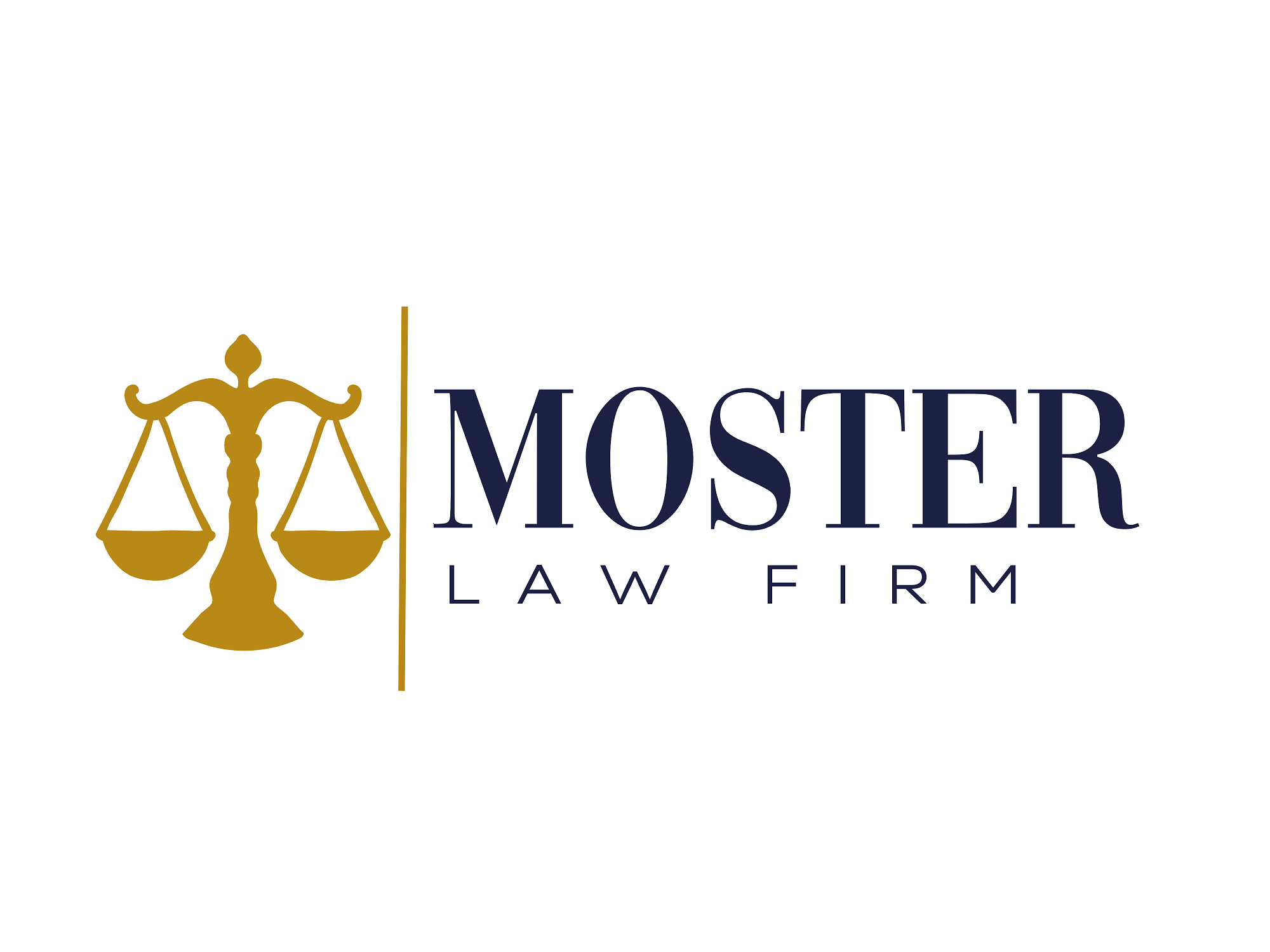How to Protect Your Artificial Intelligence Software in the 2020s.
Copyright or Patent?
As a Texas AI attorney with many years of experience in Artificial Intelligence, you bet I have opinions on where we are going in the 2020s and beyond. I have written extensively about this subject of which I am passionate about as an author and editor of the futuristic e-magazine future2050.net. Our very first edition of future2050.net back in January was precisely about this issue of the future of AI from a technological and investment standpoint, particularly in Texas, the Texaplex, and larger urban markets in Austin, San Antonio, Dallas, and Houston.
In this article, I want to hit a topic that is rarely, if ever, touched on by Texas Intellectual Property lawyers and certainly non-legal technologists. What are the limits of IP protection as it relates to the new Texas software of the 2020s and is it a big old trap for the uninformed? The answer is “Yes”.
All computer innovation begins and typically ends with software and code but at a very simplistic level. Let me explain. Computer code like any copyrightable work is protected by Federal Law as “original works of authorship”. It must manifest some degree of creativity and be fixed in some tangible form which is recognized by the U.S. Copyright Office in numerous registerable categories including literary works, musical works, dramatic works, pictures, and graphical works, sound recordings, and architectural works, among others.
Unlike the typical creative arts genre, computer code has developed its own guiding principles which must be understood thoroughly by anyone engaged in software development. Skip the rules and proceed at your own IP peril!
The Copyright Office frames the legal protection of computer code as follows:
“A computer program is a set of statements or instructions to be used directly or indirectly in a computer to bring about a certain result. Copyright protection for computer programs extends to all of the copyrightable expressions embodied in the program. The copyright law does not protect the functional aspects of a computer program’s algorithms, formatting, functions, logic, or system design.”
The key Texas IP takeaway here is that the computer code itself can be protected in the same way words are strung together to create a novel or theatrical work – or notes which comprise a symphony or pop hit. The idea is not protected, only its expression or embodiment. As a published playwright, composer, novelist, and computer programmer, I am all too familiar with the risks of not protecting your creations. The digital and real-world are replete with cheats, fraudsters, and criminals who will steal and exploit your creations in Texas Minute which is very fast. You have to get the copyright and IP protection right.
In my practice as a Texas IP lawyer, I have copyrighted a myriad of Texas software products that offer new applications in the field of informational technology, oil and gas area, accounting, graphics composition, architecture, and so on. Typically, the Texas inventor is not a huge investment house but a knowledgeable person in the field who has a new idea to speed up an industrial or informational/automation process. They usually team up with a colleague with some modicum of coding experience and come up with a computer beta version to demonstrate in my office. If the device actually works (not always), my recommendation is to immediately protect the IP on numerous levels starting with the computer code.
The computer code needs to be copyrighted ASAP. Unknown to most Texas clients is that the Copyright Office now allows the client to file only selected pages of the code which can be highly redacted or altered so as to discourage reverse engineering. This protects the code from being discovered by your competitors and recognizes that software requires trade secret protection. The requirements for filing and submission of the code are very technical and best to get the legal advice of a law firm like the Moster Law Firm and its Turing Technology Group which handles these filings routinely.
The filing of the copyright application for computer code is required to legally protect your Texas software from being stolen. You cannot file a copyright infringement action without first having your copyright application filed, examined, and a registration formally issued. Prior to Covid, this was a relatively fast process of just a few months. The backlog is now massive and can take a year or more which is way too long. The legal problem is that if you submit your copyright application for software and determine that a competitor has stolen the code, you cannot take legal action to stop or enjoin the bad actions or even recover a dime until the copyright office issues the registration.
The only way around this which I frequently recommend for clients is to pay for an expedited review by the copyright office which is $800.00 for special handling. Not cheap, but it will get you registered copyright in ten days or less. If your software has value, it is an easy decision to make. I have utilized this approach as a key strategy to enforce IP rights and stop infringement for clients in 2021. It works.
Now, we will raise the ante. Let’s say you are involved in the transformation of Texas software technology itself, not just a new iteration of code or software. Like myself, you grew up in science fiction and are fascinated by computers that can demonstrate human intelligence and even pass the Turing Test. If we are on the same page, I bet you loved Robin Williams in the Bicentennial Man which is all about achieving the apex of human level and beyond artificial intelligence. My personal favorite is Ex Machina which features a female android named Eva who uses massive AI, conniving, and sexuality to achieve her malevolent objectives. In my e-magazine future2050.net, I discuss the emergence of these new Texas Artificial Intelligence technologies in detail which are also examined in several of my AI books on the subject including Midnight at Mount Vernon – The Cyber-Surrenders of the United States of America and Teilhard’s Arrow – An Original Theory of Everything. I would also highly recommend my recent Children’s Story, Hypatia Shows Us the Year 2050 – A Kids’ Guide to the Future & Companion Essays for the Young at Heart. If you are a parent, it’s a great learning tool. For everyone else, I recommend the detailed technological essays which elucidate the subjects raised for the kids.
I am fascinated and passionate about the new Texas inventions coming out in the development and emergence of new AI which will replicate human-level intelligence and beyond. I predict that entire areas of the marketplace will be replaced in the next decade and our economy will be unrecognizable by 2030. This is happening now at the AI developmental level with new hardware and software.
The new hardware combined with the software will enhance the effectiveness and utility of existing digital computers which I refer to as “Enhanced Software”. This will drive the new developments of the 2020s which will replace entry-level receptionists, secretaries, and even entry-level professionals. Combined with robotics, most blue color jobs will be eliminated as well. The Texas workforce will be unrecognizable due to the revolution of Texas AI and computers.
From an IP protection standard, these new Texas technologies will require patent protection and not copyright has given the vetted nature of the new inventions, utility, and solutions that are offered. Texas and National legal strategy are nuanced and you should always consult an experienced patent attorney with a background in computer science and electrical engineering. This is critical to ensure that your Texas invention can be properly patented and that the claim strategy is formulated which will govern patent approval and its marketability. The new “Enhanced Software” will fit in this category and should not be addressed with a simplistic and singular copyright approach. This is our focus area at the Moster Law Firm and our Turing Technology Group.
The Texas technology of the late 2020s and beyond is fascinating and involves the final iterations of both quantum and wetware systems which will allow for human-level AI reasoning. I predict that wetware which is based on growing neurons in a chemical mix will arrive in full force by 2030. Computer companies in Silicon Valley (a misnomer for wetware) are already developing working wetware systems for the NSA and DOD. These systems must be patent protected and failure to do so would be a colossal mistake.
Quantum systems are being touted by Google and others and still developmental. These will become useful, but likely on a track behind biological systems, in my opinion. Look for new systems which tackle better encryption as those are coming first. Again, a patent is the only way to go.
Bottom line is to align yourself with the legal talent to protect your Texas AI and IP. That said, find a Texas AI lawyer who understands where the technology is going, has a deeply rooted imagination, and can set you on the right trajectory. Come visit us at Moster Law and the Turing Technology Group.


